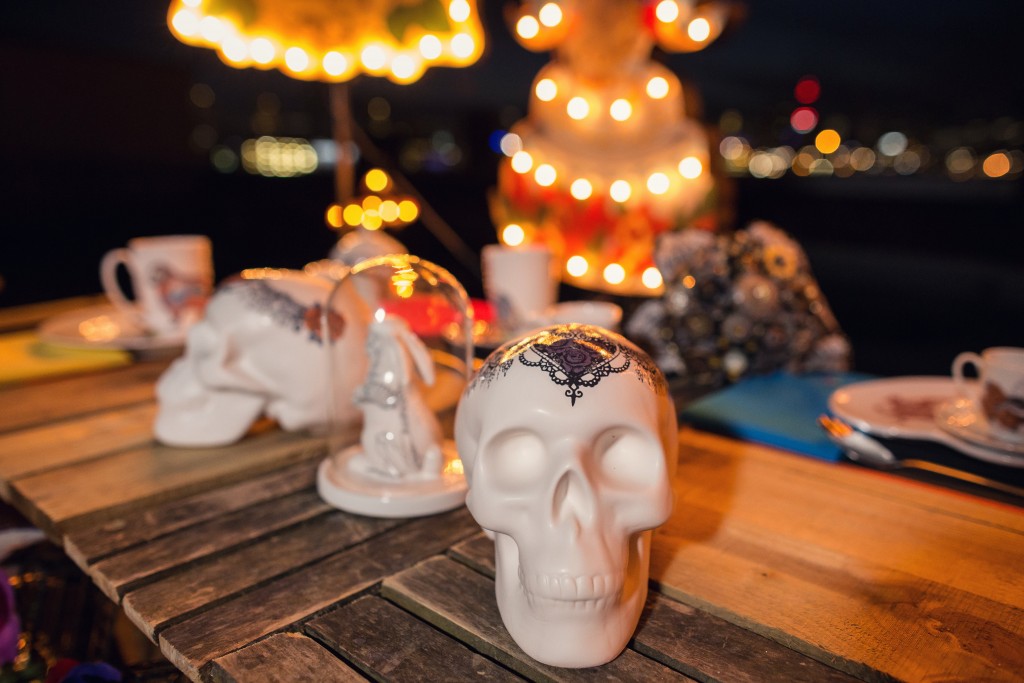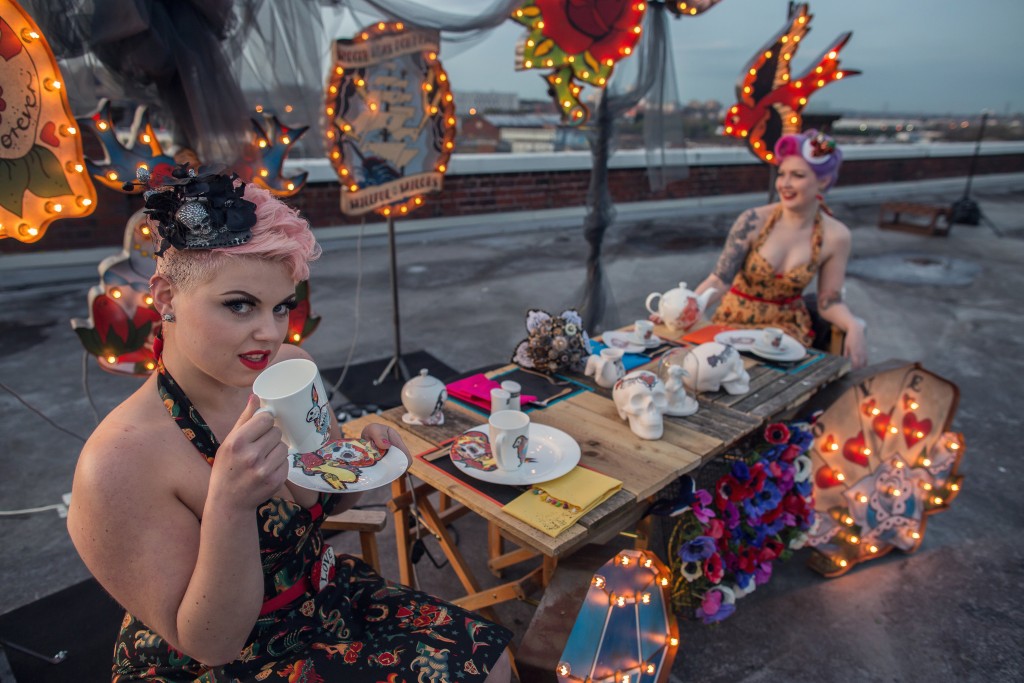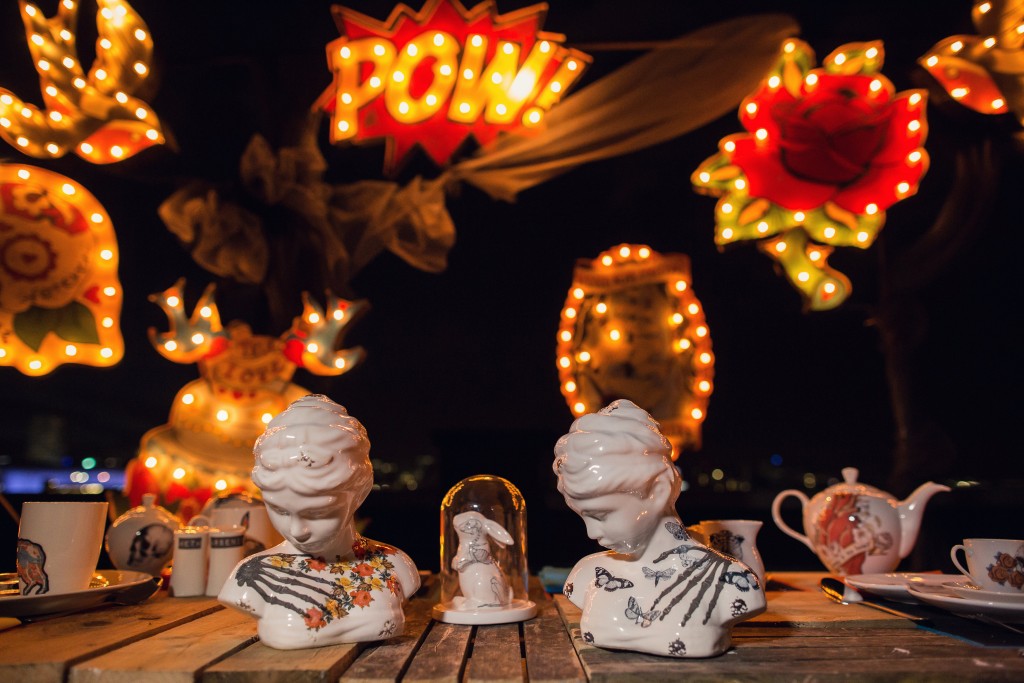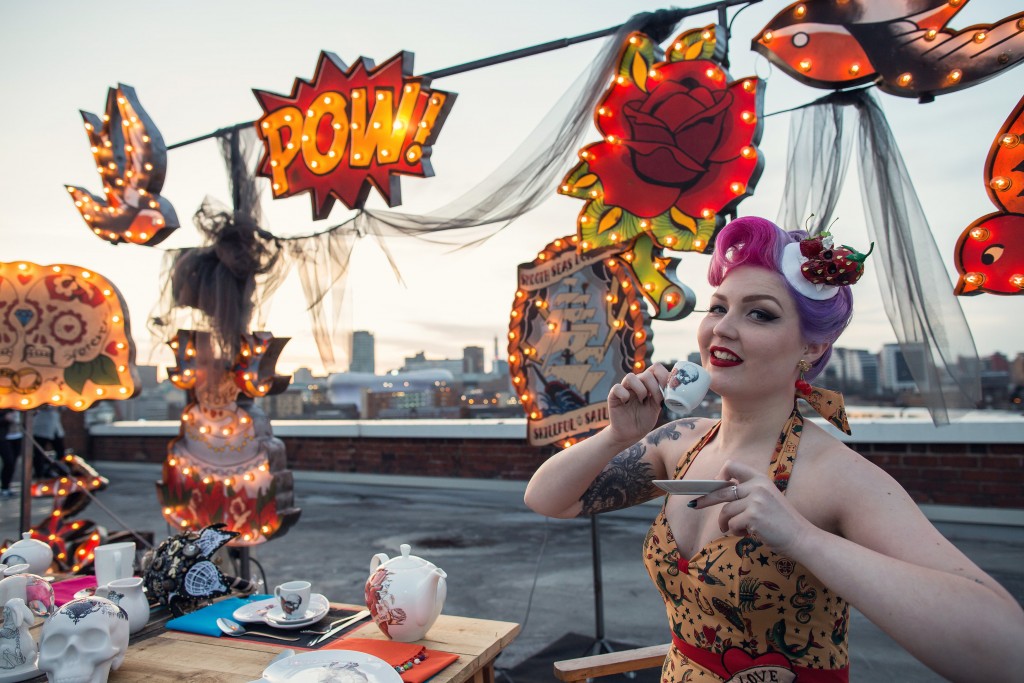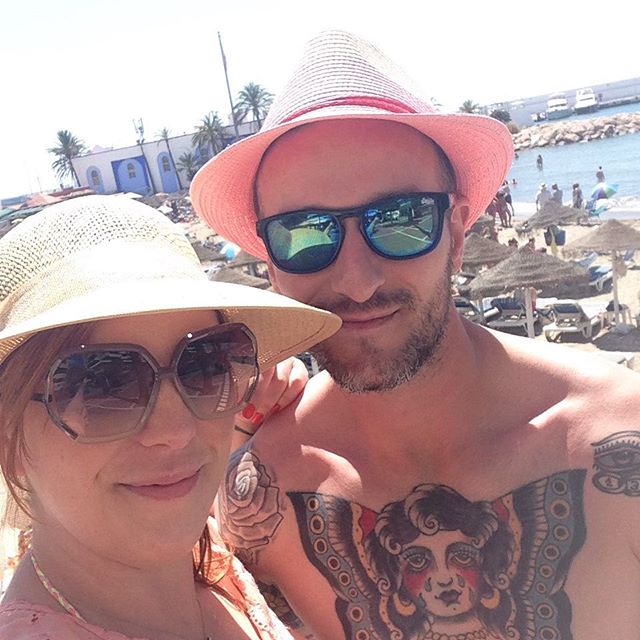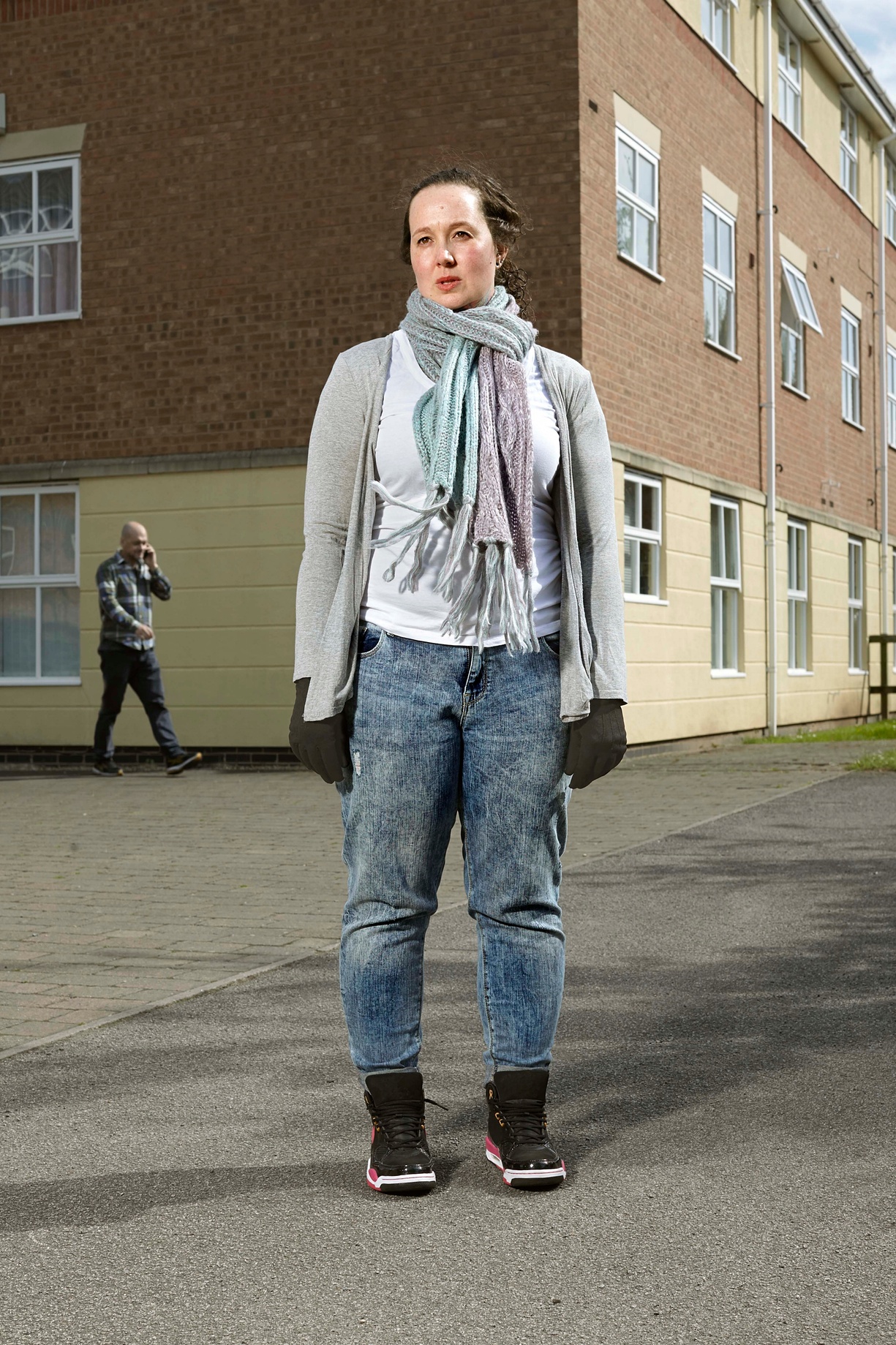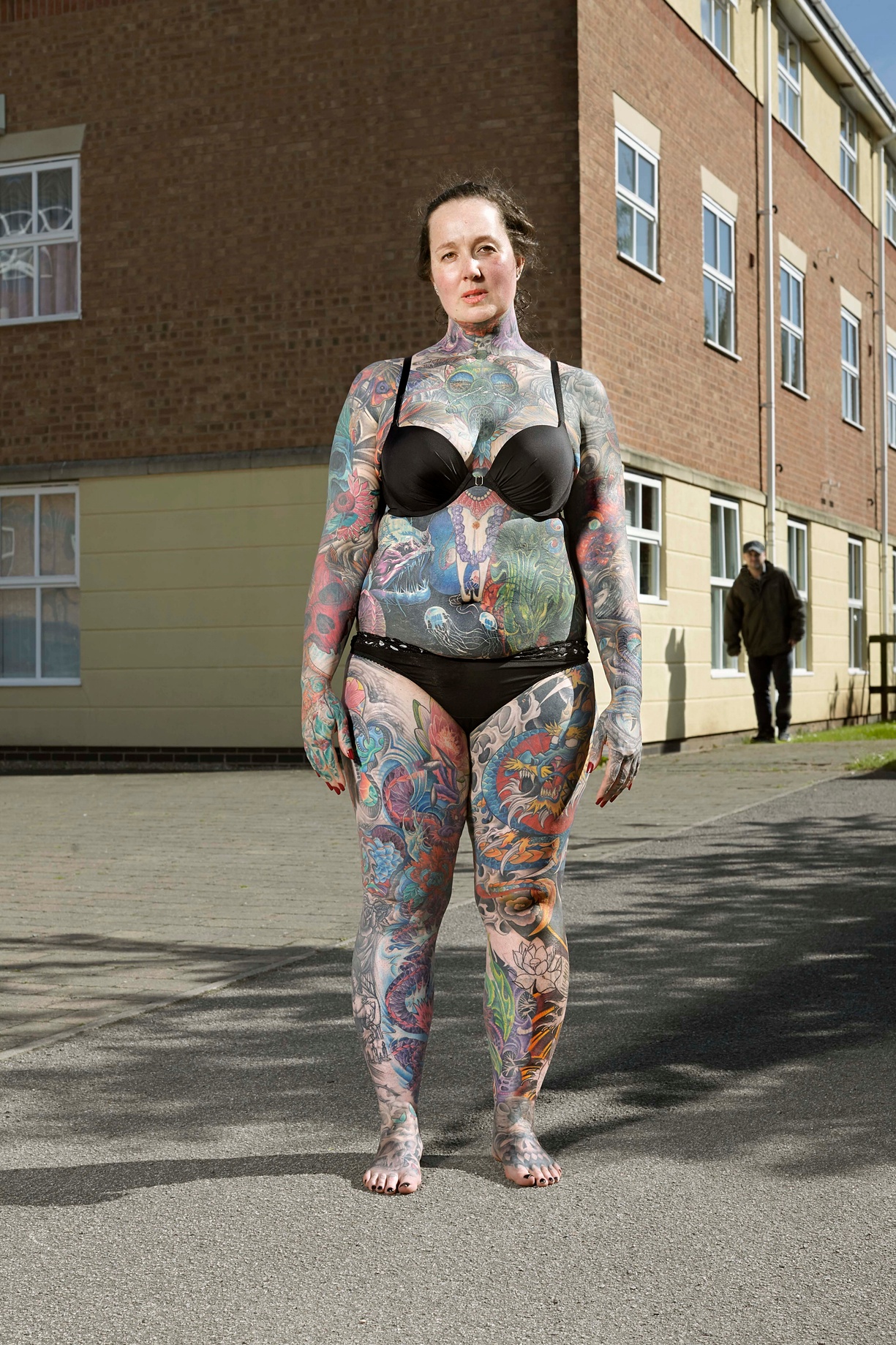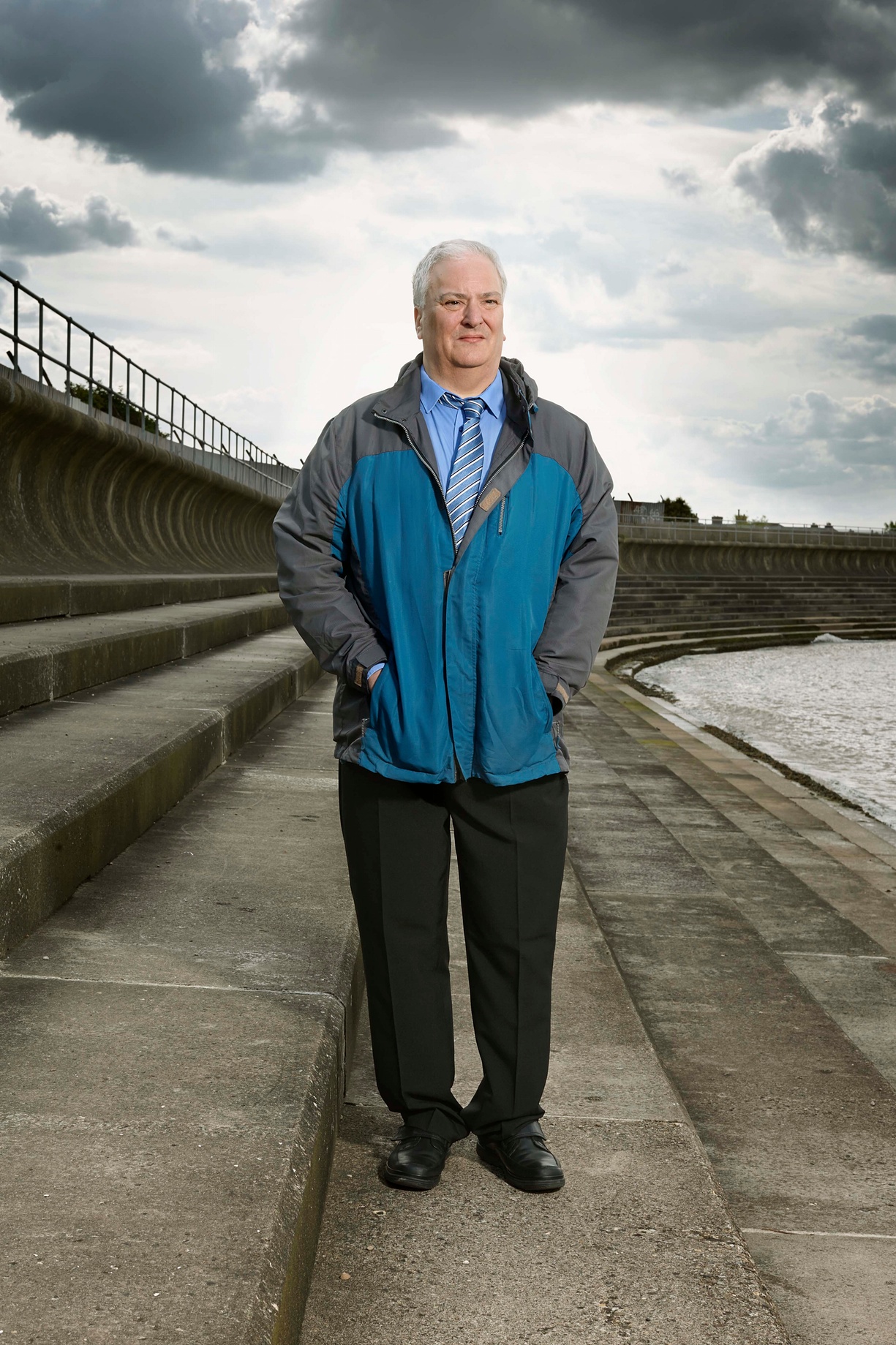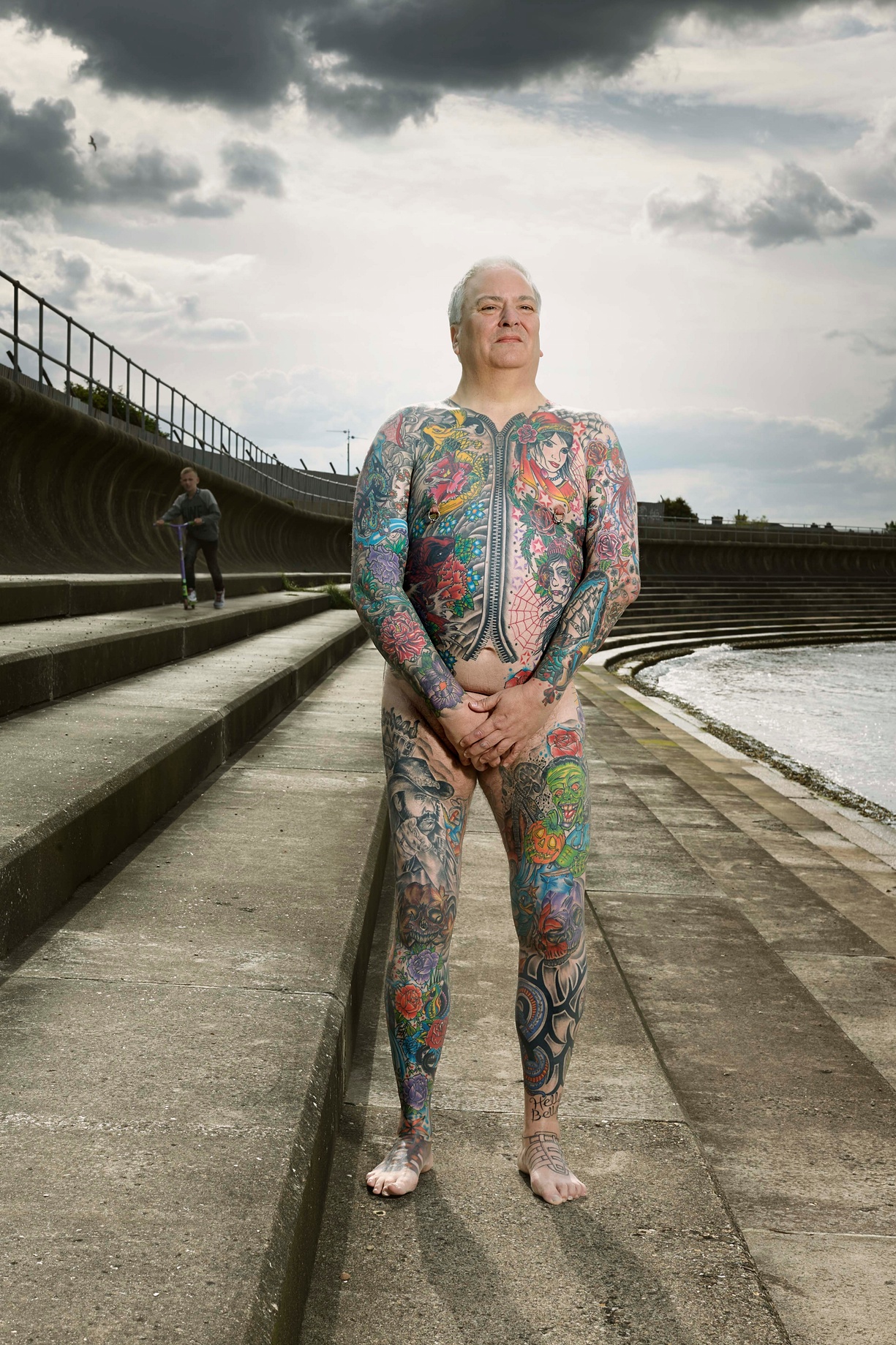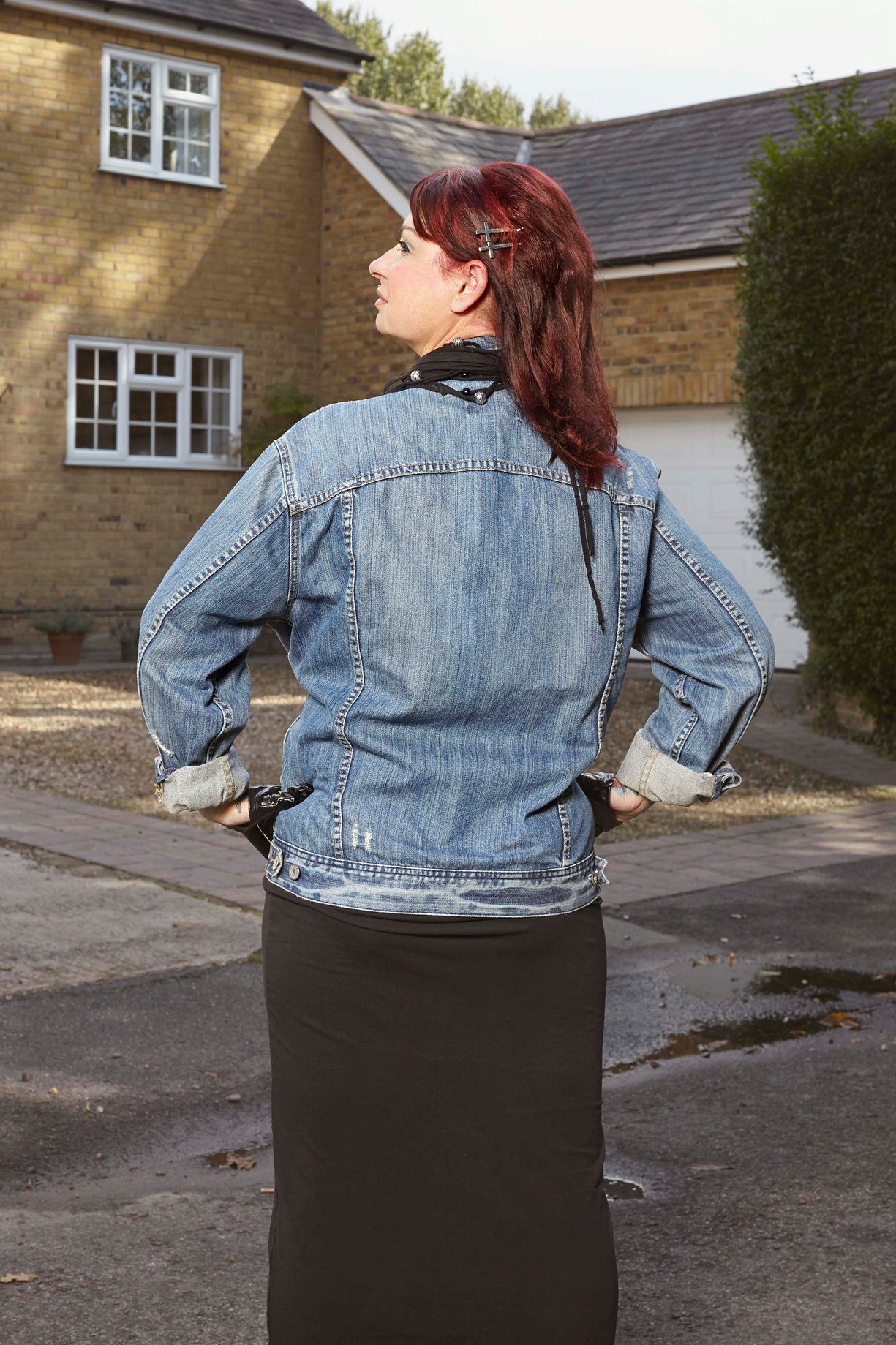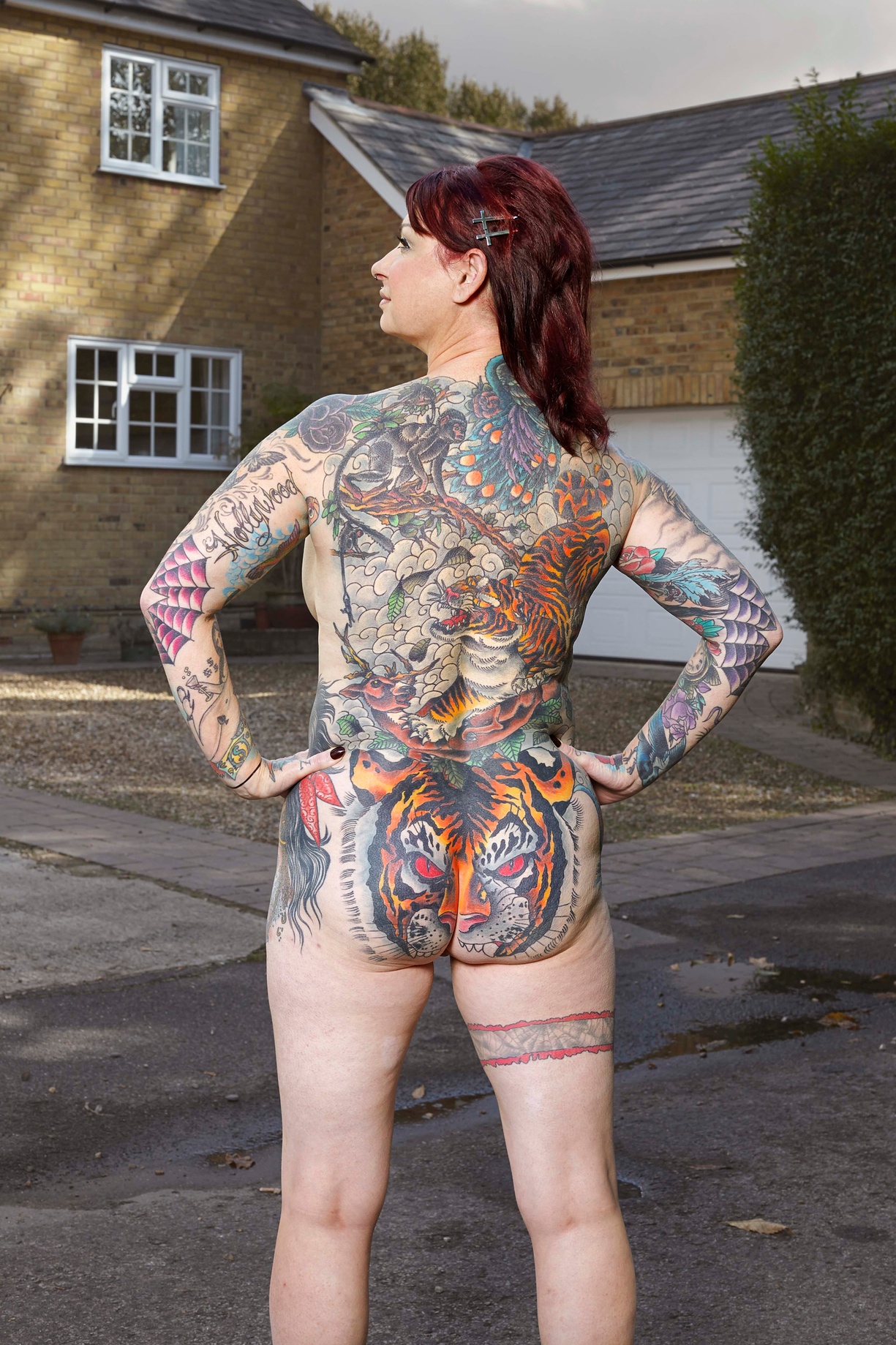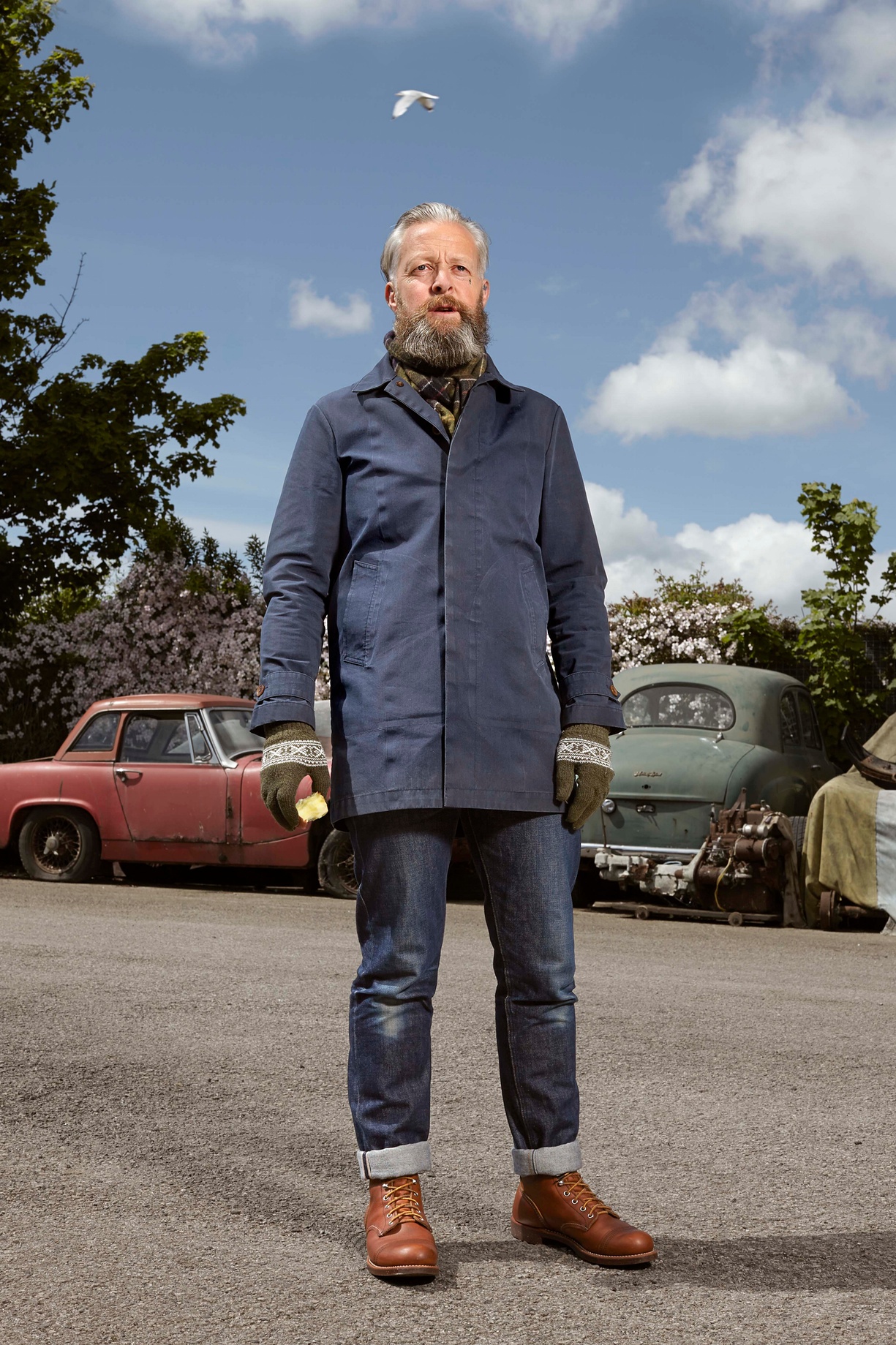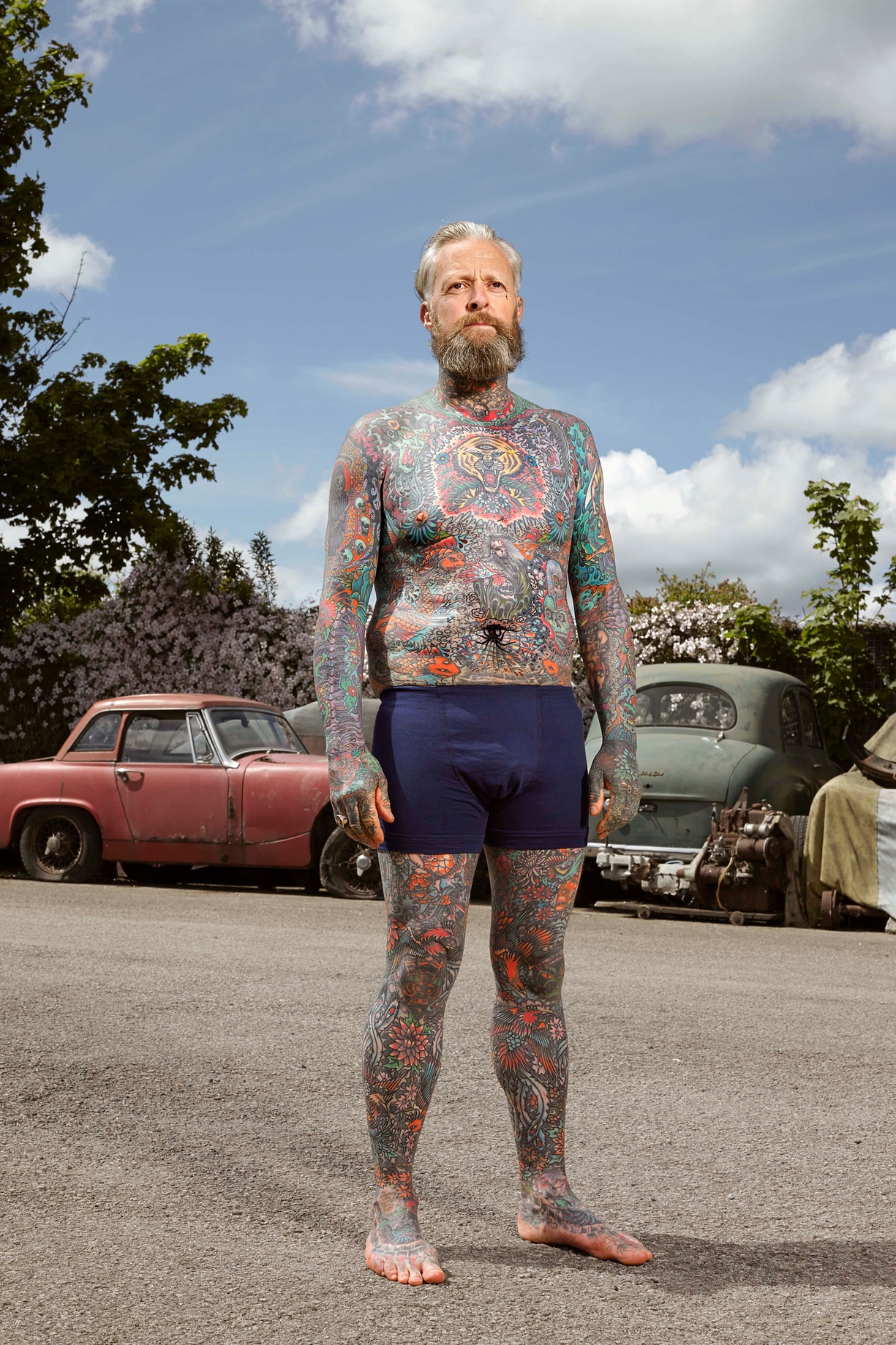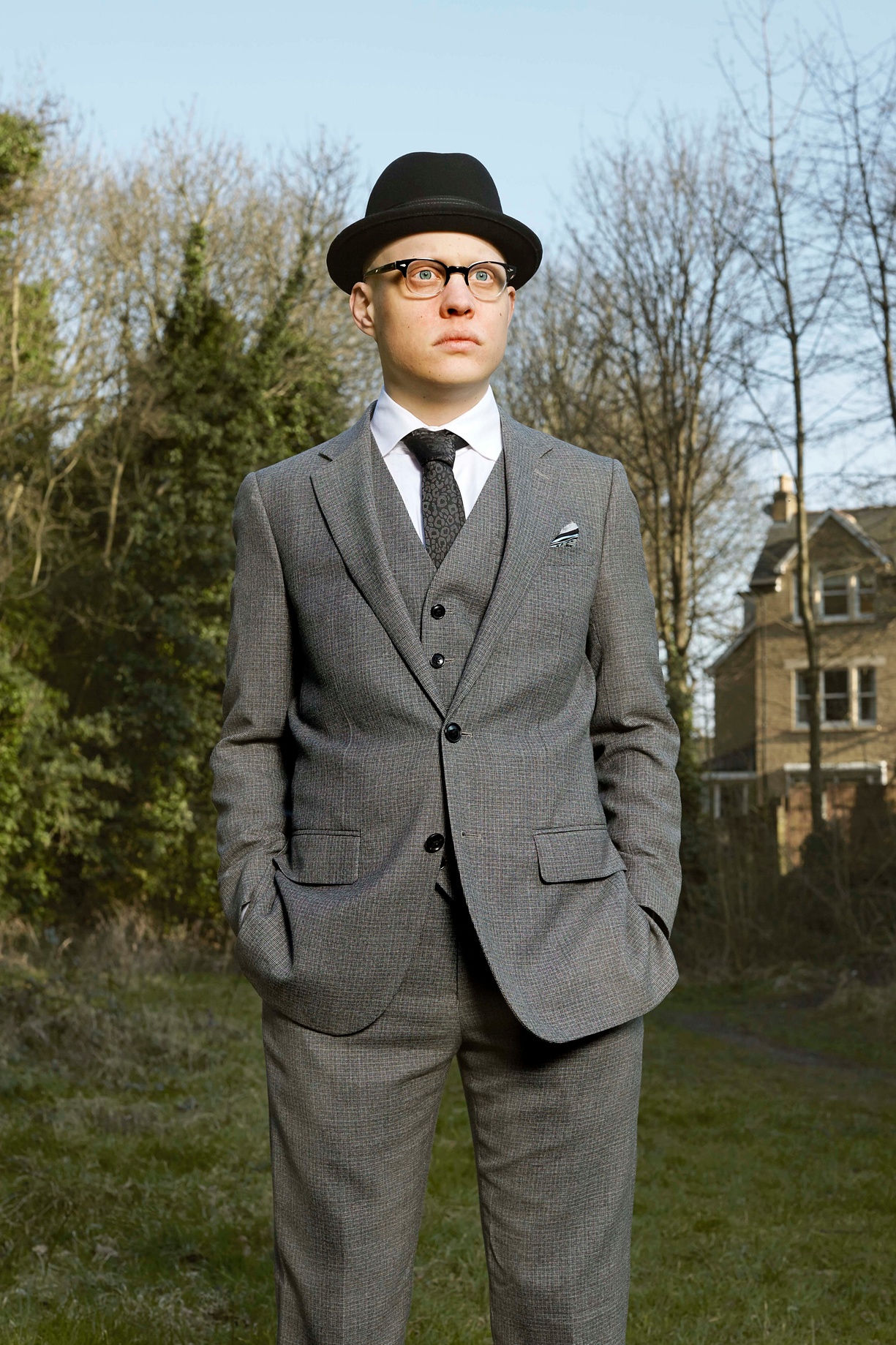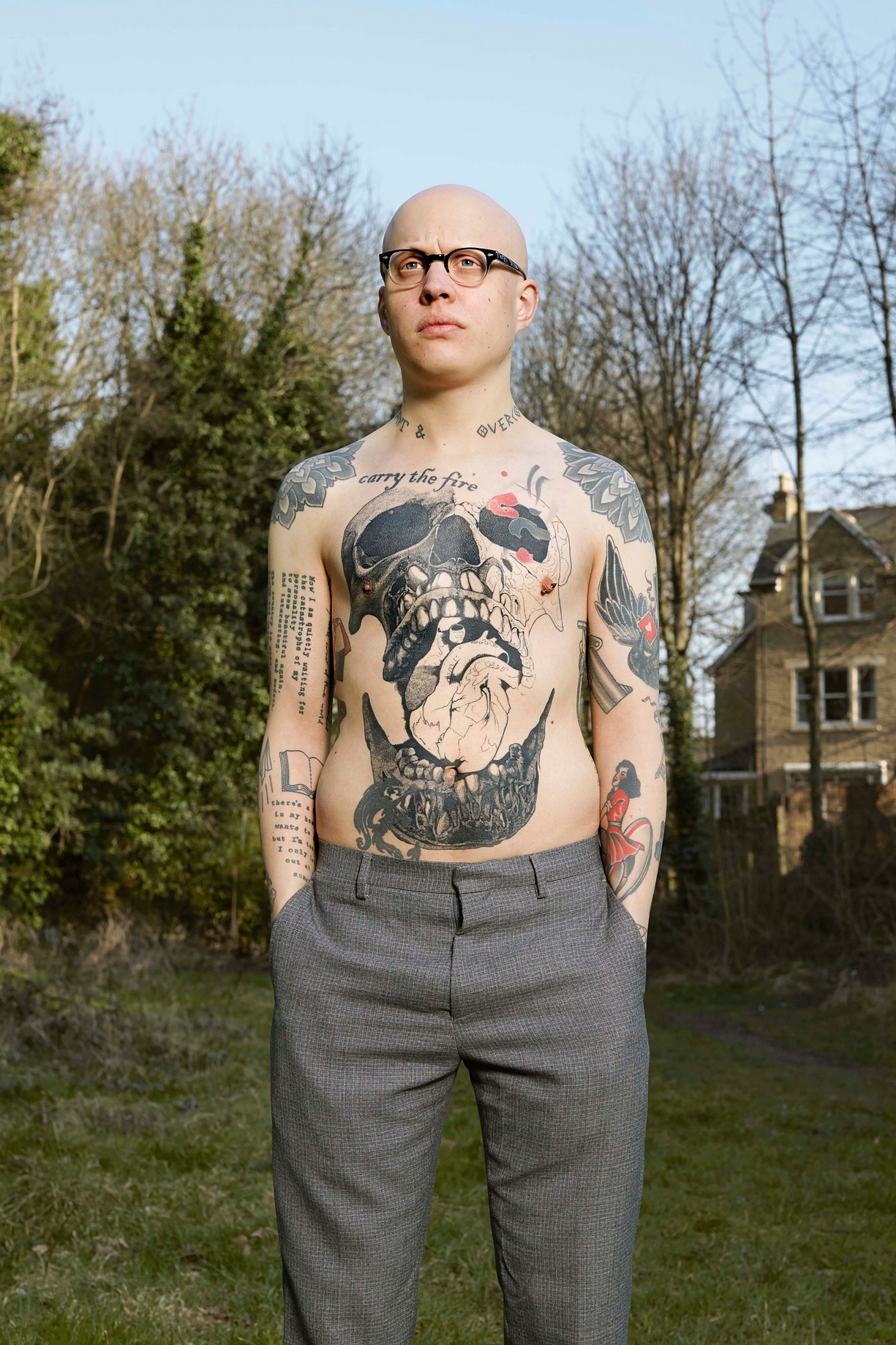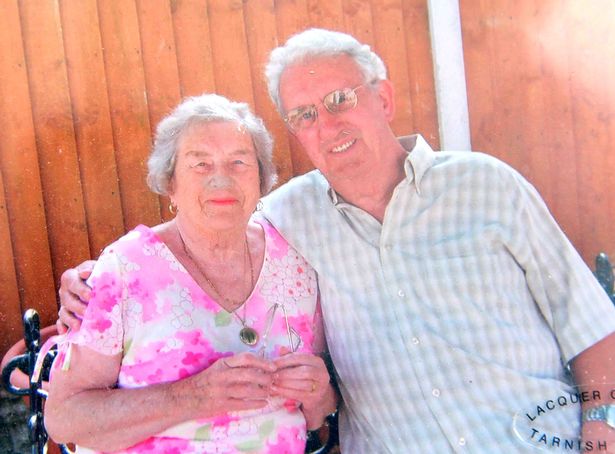Our guest blogger is hobbyist film and TV series reviewer and writer Harry Casey-Woodward:
There’s nothing scarier than a woman, and horror films have given us an endless gallery of terrifying female characters and performances to choose from. So with Del Toro’s women-led Crimson Peak hitting cinemas, let’s have a look back at a few of the freakiest fems and chilling chicks to give us nightmares…
5. The Evil Dead Girls – Cheryl, Linda and Sherry
Played by: Ellen Sandweiss, Betsy Baker and Theresa Tilly
In: The Evil Dead (1981)
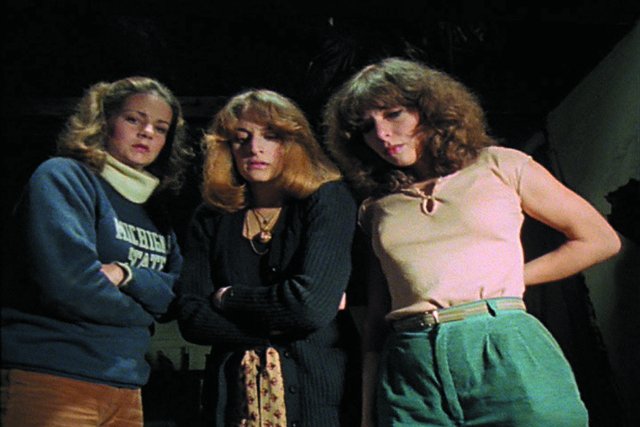
‘We’re gonna get you…’ I couldn’t cherry pick one of these girls because they’re all equally terrifying. Sure they start off as the typical sweet American college females you’d expect to find holidaying in some dank wood cabin in the middle of nowhere. But once they get possessed by those pesky forces of darkness… well where do I start? Linda spins her head 360 degrees while girlishly singing threats and she won’t stop laughing. Then Cheryl, good God, poor tree-raped Cheryl freaked me out just guessing her friend’s playing cards in some rising screeching voice. That’s before she levitates, growls doom-laden prophecies at her friends and stabs them with pencils. The film was brutal enough to make me worry about my friends being turned into grinning, screaming, vomit-spattered psycho bitches from hell.
4. The Exorcist girl – Regan MacNeil
Played by: Linda Blair
In: The Exorcist (1973)
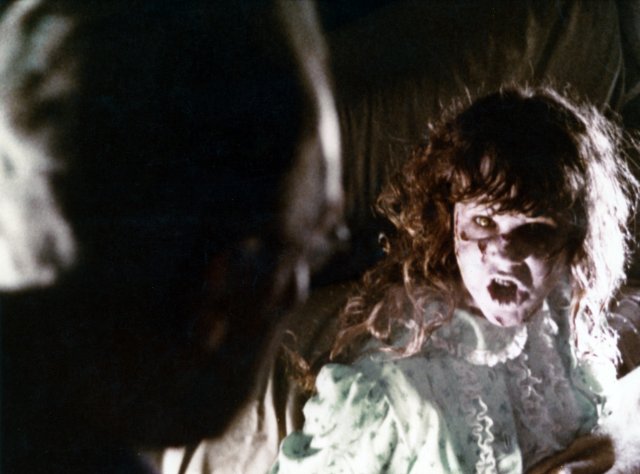
‘It burns!’ Speaking of possession and vomit-spattered psycho bitches from hell, none will ever beat this doll. I know the infamous scenes have been talked about and parodied to death but I have seen various exorcism films and this is still the most extreme and affecting, mainly because most exorcism films that have come after are feeble imitations. For one thing Regan is genuinely sweet and appealing at the start, which is a first compared to most teenage characters in horror. So it’s quite horrific to see her gradually turn into a blaspheming, foul-mouthed, puking, ball-grabbing, crucifix-banging cockney beast. The best and freakiest thing about this character is that she (or it) is so extreme that no matter how much you’ve heard about the film, you’re never sure what she’s going to do next.
3. Mrs Carmody
Played by: Marcia Gay Harden
In: The Mist (2007)
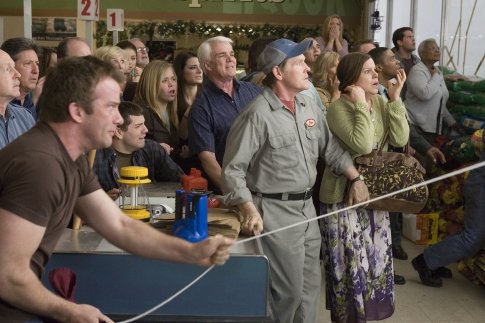
You expect victims of demonic possession to turn evil, but all too often in horror films God-fearing women should be feared too. Take for instance Mrs Carmody, played splendidly by Marcia Gay Harden in 2007 movie The Mist. A fog descends on a New England town, bringing with it a swarm of ugly carnivorous critters and the townspeople are trapped in the store. Mrs Carmody immediately makes her extremist Christian beliefs clear and starts babbling about the apocalypse. At first she just annoys everyone and gets a slap or two. But as the situation worsens, her power grows over the trapped community until most of them are baying for human sacrifice to appease the beasts. So Mrs Carmody wins this spot not just for sticking to her bloodthirsty Biblical beliefs to the end, but for spreading them so easily over the fragile minds of her flock that they obey her every will and turn to violence without a thought.
2. Carrie’s mum – Margaret White
Played by: Piper Laurie
In: Carrie (1976)
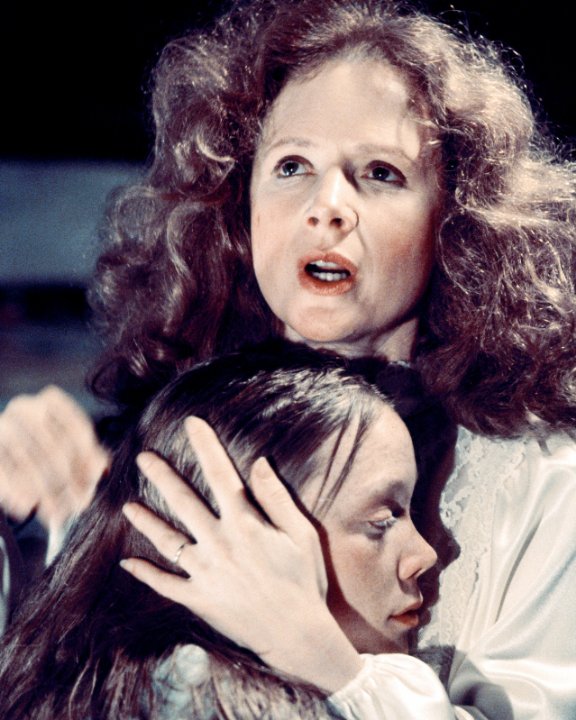
‘I can see your dirty pillows…’ Another crazy Christian lady who happens to be the mom from hell. I guess Stephen King had a real problem with Christian women since he invented both Maggie White and Mrs Carmody. If it’s possible, Carrie’s mum is even crazier and scarier than Mrs Carmody and certainly not mothering material. For one thing, she likes locking her daughter up in cupboards (Harry Potter anyone?) and can’t handle any talk of periods, breasts (sorry ‘dirty pillows’) or sex let alone her daughter’s telekinetic powers. Carrie could really have done with a social worker. Now don’t get me wrong, Carrie is also a scary character but only at the end when she turns into some blood-drenched, prom-trashing bully killer. Her mother is scary the whole time. Piper Laurie gives such a fantastically unhinged performance that, like poor possessed Regan, you’re never sure what’s going to happen when she’s on screen. I haven’t seen the remake but as great an actress Julianne Moore is, I can’t imagine her matching Laurie’s performance, especially in the scene where she smiles so divinely when pursuing her daughter with a knife.
1. Annie Wilkes
Played by: Kathy Bates
In: Misery (1990)
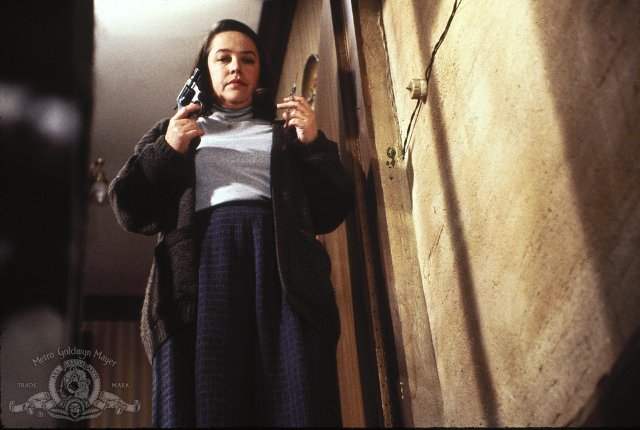
‘I’m your number one fan. There’s nothing to worry about…’ Actually it’s a writer’s worst nightmare. Successful novelist Paul Sheldon (played cunningly by James Caan) suffers a car crash and wakes up crippled in the home of a smiling woman claiming to be his number one fan. Unfortunately she turns out to be too much of a fan. Kathy Bate’s extraordinary role wins number one for a couple of reasons. Firstly, compared to the other women she appears harmless: a dumpy farm woman with some nursing expertise and a bit of an obsession for her beloved author and his books. But some of her more eccentric qualities (her sudden mood swings and specialised vocabulary of ‘cockadoody’ and ‘oogy’) hint at the madness within. She’s not only crazy but also controlling, calculating and not afraid to use violence to get what she wants, particularly concerning hammers and feet. This brings me onto the second reason why she’s number one creepy woman. She has a very black and white view of the world. Everything she does and believes is right and everybody else is wrong… or dead. In short, not someone you want to be disabled and helpless around. But the other thing about her that beats the other characters is that you can’t help feeling sorry for her or laughing at her overreacting: when she’s safely behind the TV screen that is.
